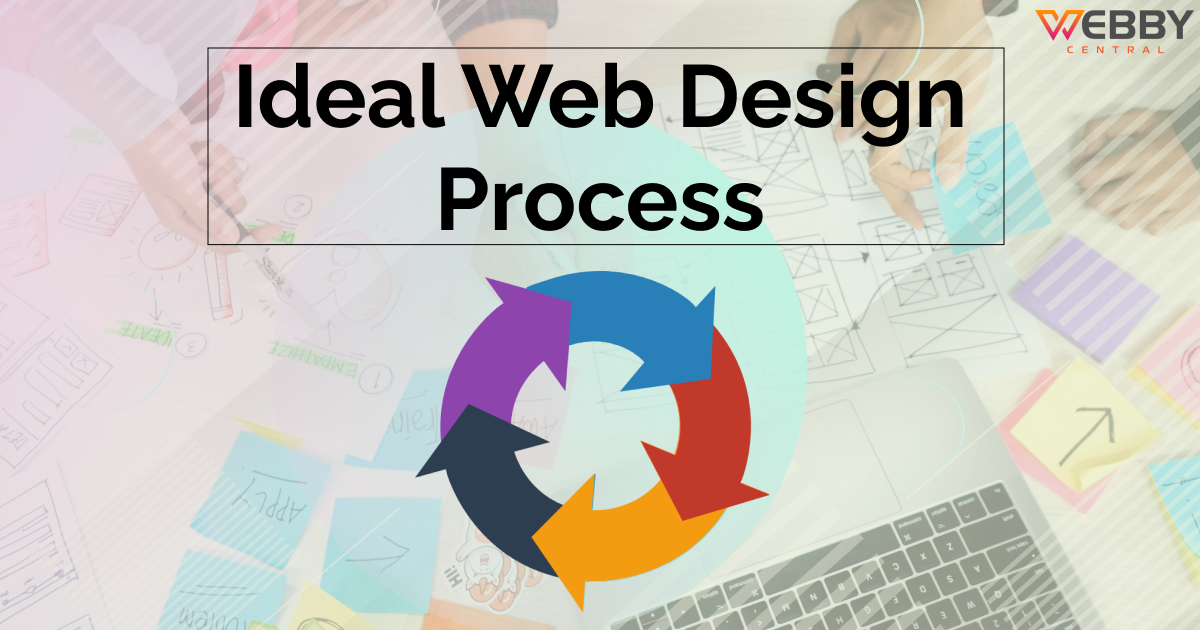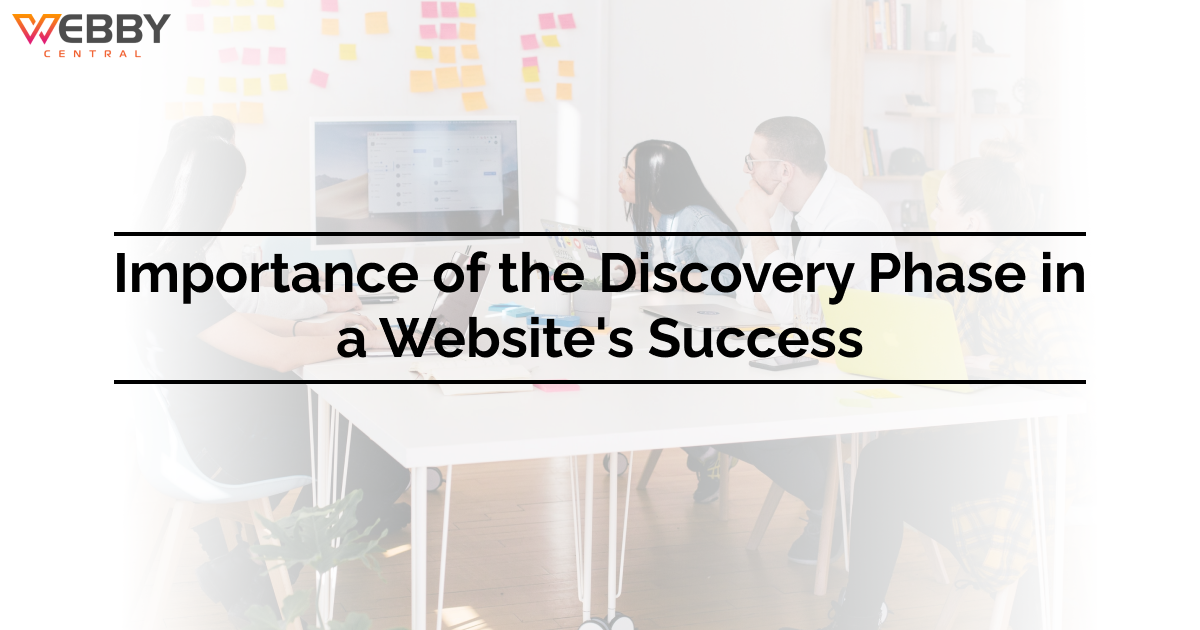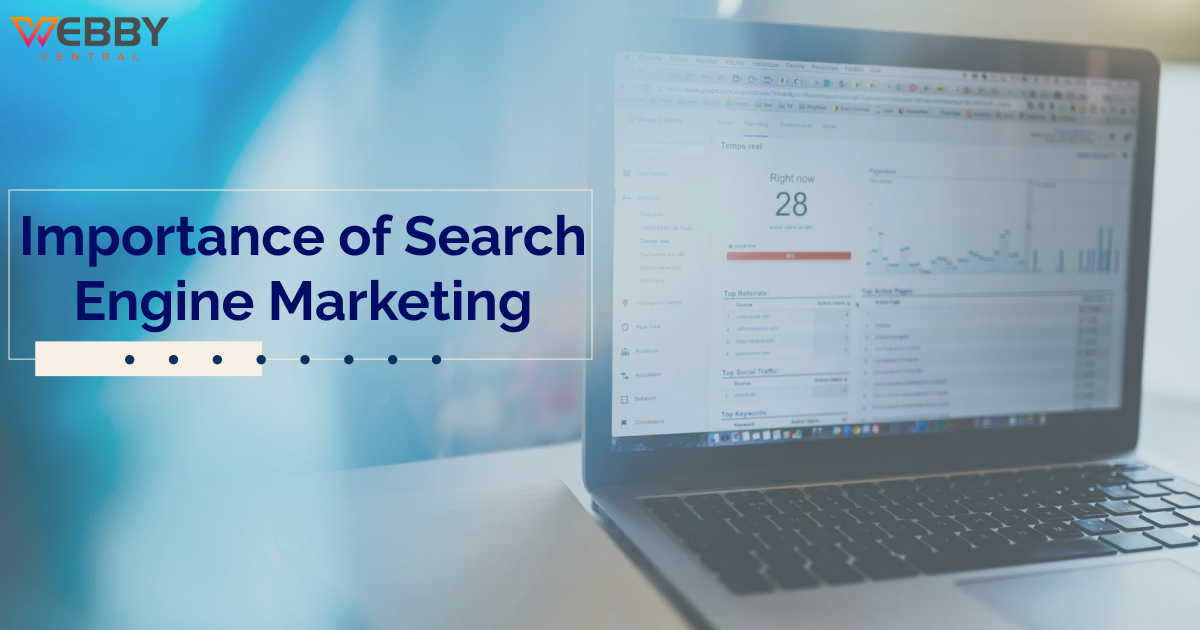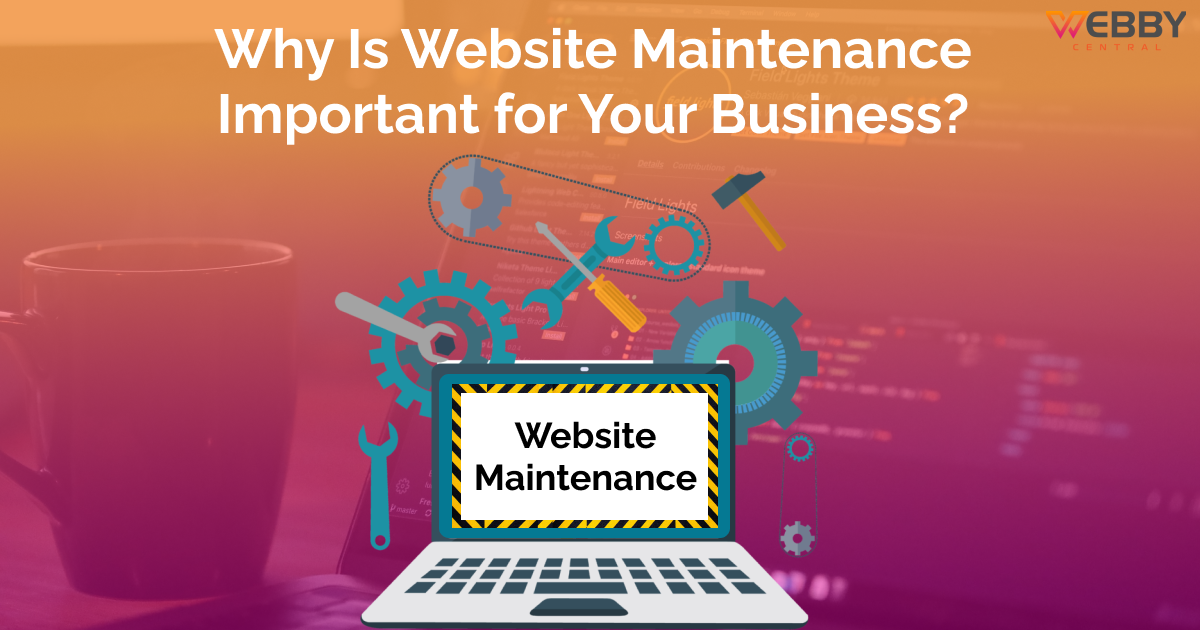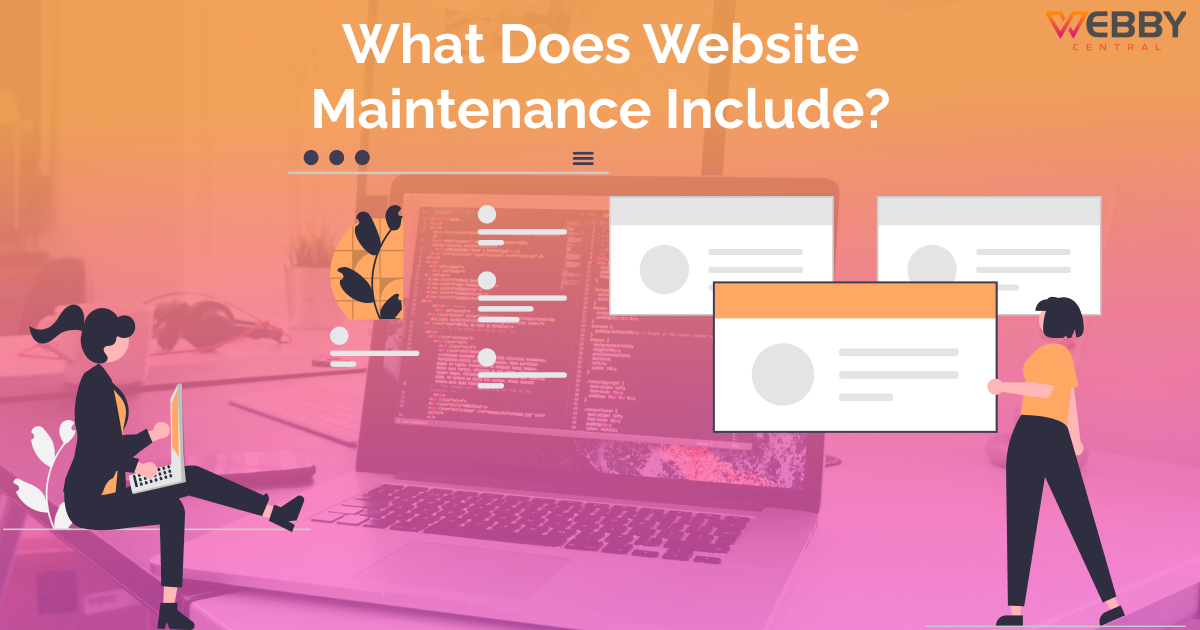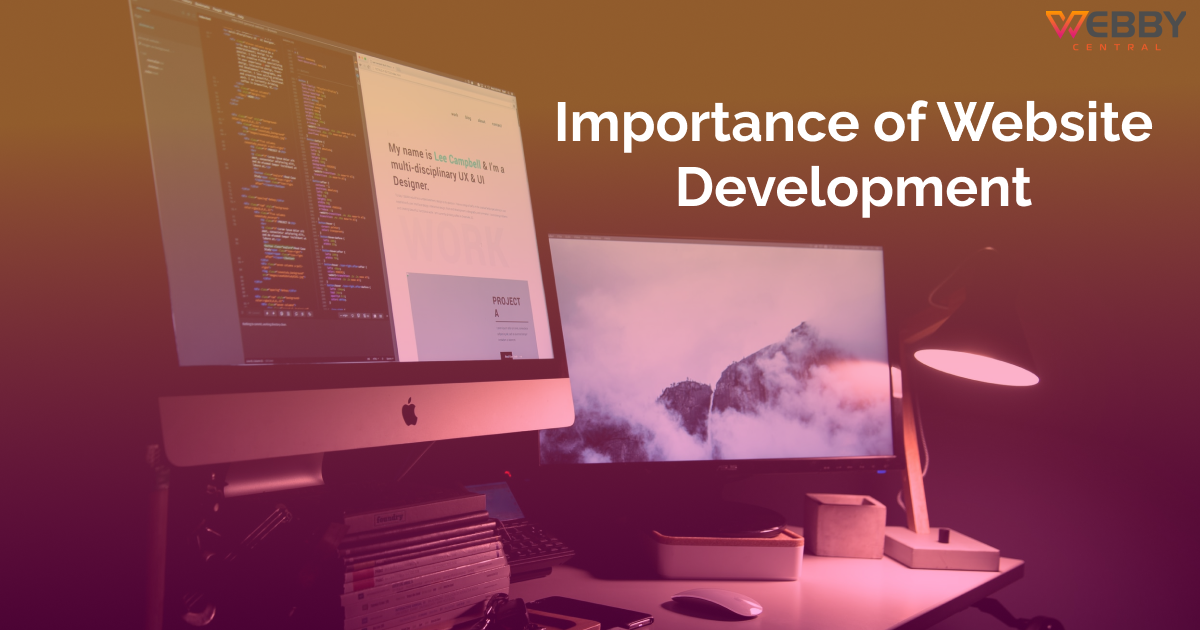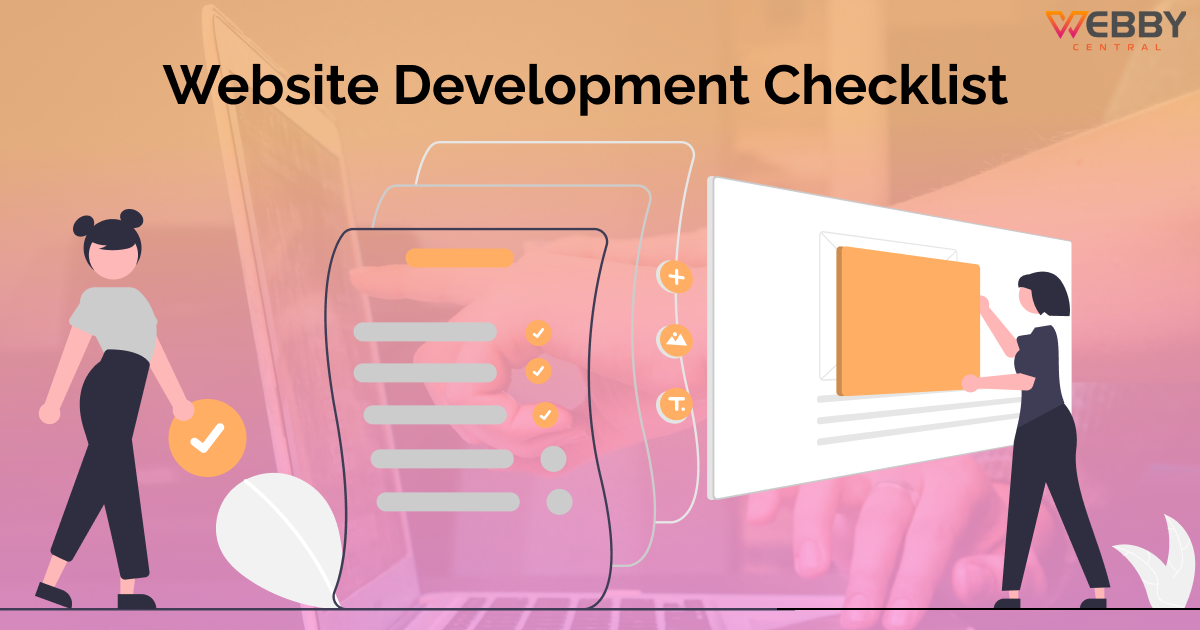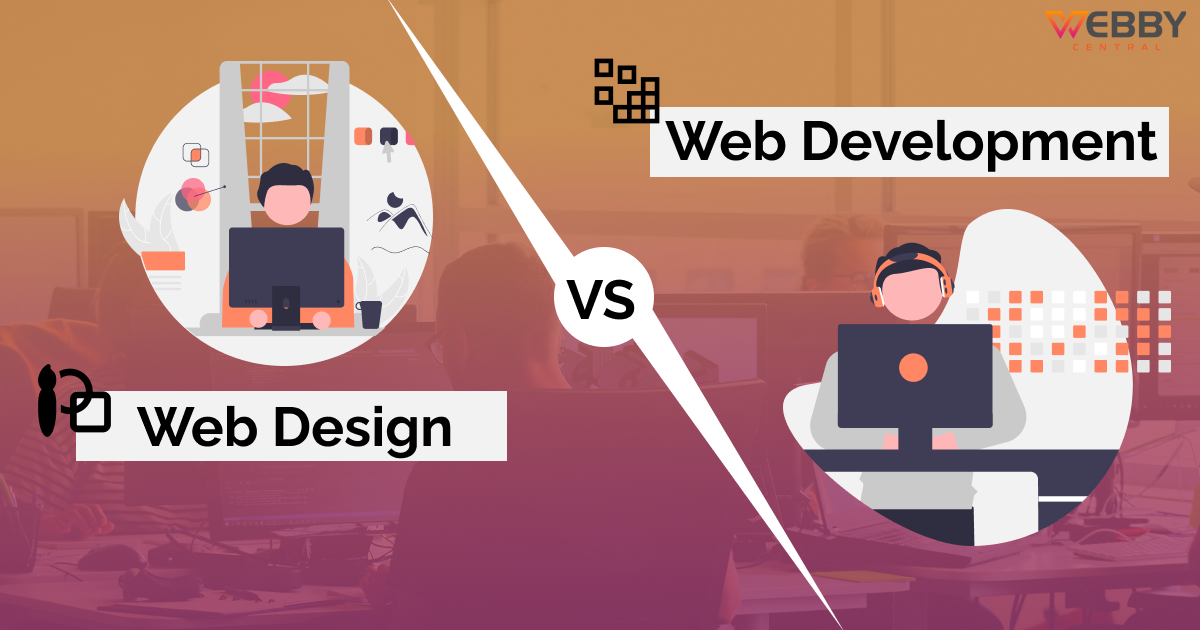Do you want to know how to build a well-structured, aesthetically-pleasing, and highly functional website that can bring more business and maximize your ROI? Read on this blog till the end. This blog will tell you 9 easy web development process best practices.
Many local website designers think that website building is all about wireframing, coding, testing, and more. However, creating an effective website is not only confined to technical matters; it’s beyond that. Great web building takes place with an ideal web development process that aligns with an overarching strategy.
Nearly 89% of customers move to a competitor’s site after a poor user experience. To not fall into this trap, you need to have a stringent website development process checklist that drives maximum business and guarantees success.
For that, you need to look for the best website development company that can take care of all the crucial parts of your web development life cycle. From goal identification, information gathering, planning, designing, to launching and maintenance, and delivering a successful ROI-driven website.
9 Simple Steps to the Ideal Web Development Process
The overall web development process checklist usually varies from five to nine or more; however, it keeps changing as per the business goal, purpose, and requirements. Here, we will discuss the top 9 ROI-driven website development process. Let’s get started!
Step 1: The Goal, Scope, and Purpose Identification
The main idea of any business is directly linked to your goal, purpose, and scope. Before you begin with the web development life cycle, it’s advisable to be clear with your business goals. You must identify what type of goals your website needs to fulfill, what’s its purpose. Once you are clear with them, you can define the scope of the project.
For example, what web pages and features the site needs to fulfill the goal, and most importantly, the timeline for building those out.
Step 2: Information Gathering
Some web strategists and consultants keep this step before goal identification; however, it seems clearer to gather information once you identify your goal and purpose. This step includes researching and discovering your potential users, competitors, market happenings, latest web development trends, and a lot more to have a more clear understanding to start with.
This website development process step helps you identify what type of technologies and functionalities your website needs to persuade the target audience. A well-described and detailed plan on this data can prevent your website from any hustle and bustle and streamline your ideal web development process.
Step 3: Planning
At this stage of the website development life cycle, the developers prepare the data that allows a customer to judge how the entire site will look like. The planning is entirely based on the information gathered in the previous two steps.
Planning is the stage of choosing the right technology stack and development methodology, defining the deliverables, and estimating the timeline and resources to complete the project. The function can include login, email subscription, admin, live chat, and so much more.
Step 4: Sitemap and Wireframe Creation
After everything falls into place, you can start digging into the sitemap and wireframe creation, defining how the features and functionalities discussed in the planning stage will interrelate. A sitemap describes the relations between your website’s main areas, and a wireframe is a visual representation of the user interface you’re going to create.
Once you’re done with creating a sitemap, wireframes development, and roadmap planning well, other website development processes become super easy for you.
Step 5: Content Review, Creation, and Assembly
We all know the value of content; it is the foundation of anything you see, be it a YouTube video, a website (that keeps you hooked), billboards, or anything else. For that reason, your content needs to be top-notch. The content reaction is a must to include in the website development process checklist. You can review your current web content and then invest in creating compelling content for your website accordingly.
It would be best if you emphasize creating persuasive content for the homepage, about us, services/products offerings, and all types of landing pages. The power of content can do wonders for your website and take it to another level of success.
Step 6: Implementation
Now you have the goal, purpose, planning, sitemap, wireframe, and content in hand, it’s time for the implementation. You can ask your developers to take charge of the seat and start coding your website from scratch. In this stage, front-end and back-end development are taken care of, frameworks and CMS are implemented right to ensure that the server is handling the installation and set-up smoothly, and much more.
Step 7: Testing and Review
Testing is one of the most essential yet neglected web development processes of all time. Your website must go through meticulous testing to ensure that it’s glitch-free and free from every type of error. Every page link should be tested well to make sure there are no broken ones among them. Check for W3C standards, A/B testing, cross-browser compatibility, functionality, usability, performance, and multiple device compatibility for a better user experience.
Step 8: Launching
This is one of the website development process best practices. Once the testing, checking, and re-checking process are done, it’s time to upload it to a server, meaning executing your site launch. There may still be some elements that need fixing, which you will be able to identify once the website is launched for your users, and they can point out the changes that need to be done or improved.
Step 9: Maintenance
Your work is not done once you deliver a website to the user; your website needs reliable web maintenance services. Regular maintenance keeps your site updated, prevents you from any bugs type, decreases security risks, and more. This step holds the utmost importance because it focuses on feedback and post-development support, which is much-needed for any website.
Bonus Step and Afterthought
Your website has been launched. Now what? End of work? No. It needs to reach your potential users to bring real business and generate revenue. And for that, an online marketing consultant is what you need to leave an unforgettable digital imprint on your users.
A digital growth agency works on your website’s SEO, leveraging every aspect of digital marketing, including SEM, SMM, PPC, content marketing, email marketing, blogging, influencer marketing, and more, to strengthen your online presence.
Wind Up
And that’s it! As you can see that a website development process takes up so many crucial things, including goal identification, planning, wireframing, designing, content creation, testing, launching, and marketing.
You can’t fix the web development process as the trends keep changing every year, and your website needs to stay abreast accordingly to stay ahead of competitors and fulfill all your users’ demands. Leverage these steps and power your web development process right away!
